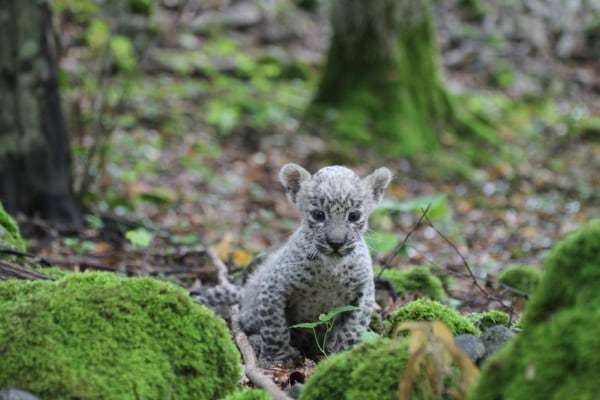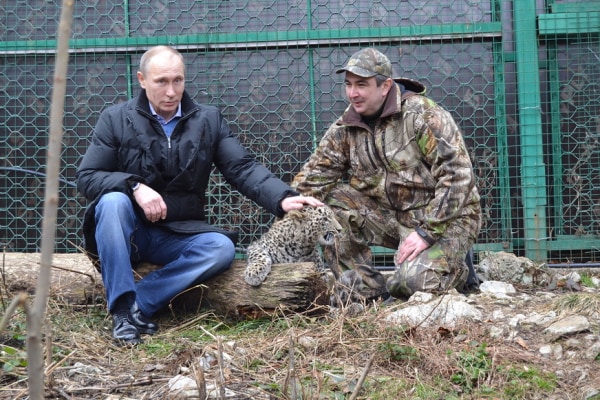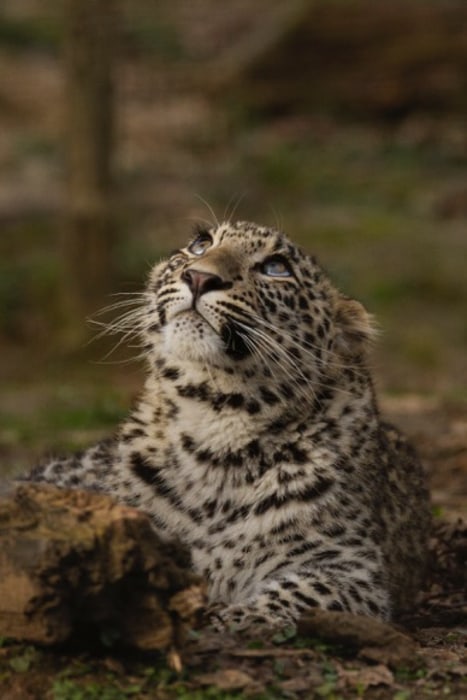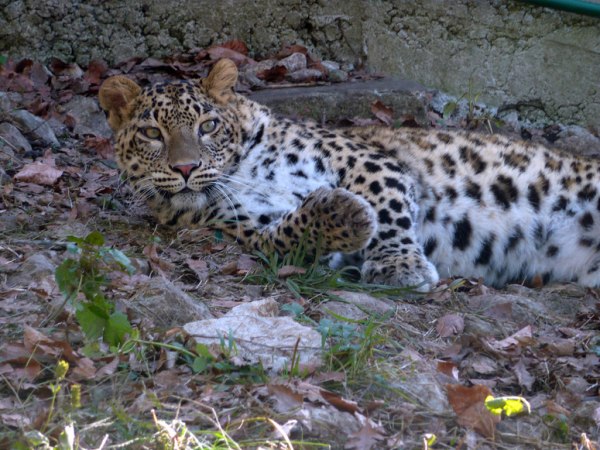The endangered Persian leopard is being reintroduced to the region after almost a century. But vital migration routes the animal needs to thrive are under threat from expanding ski resorts.

"I had the idea first in 1983," said Igor Chestin, the head of WWF Russia. "Now it's finally coming to fruition."
The Persian leopard — also known as the Caucasian leopard — had lived in the Caucasus region long before the city of Sochi was founded in the 1800s.
Russian princes turned part the nearby mountainside into private grounds to hunt the big cats. But it was not royal sport that saw the region's leopards wiped out by the 1920s; a campaign to eradicate the unpopular wolf using traps and poisoned meat indiscriminately killed all predators.
Today, there are fewer than 400 Persian leopards in the wild, with the only sustainable wild populations in Iran and Turkmenistan.

No longer a royal hunting ground, the area around the city now falls under the Caucasus Biosphere Reserve, a 1,100-square-mile "biodiversity hotspot" that includes more than 100 unique species of mammals and birds.
The wider Western Caucasus region is a UNESCO World Heritage Site and "one of the few large mountain areas of Europe that has not experienced significant human impact."

The project is bankrolled by the Russian government. President Vladimir Putin — known for his fondness of big, dangerous animals — posed for the cameras in 2014 hugging a six-month-old cub at the center.
Two of its feline denizens are slated for release in mid-June, the height of the fawning season that would provide them with enough prey. Two more are to follow later this year.
The cats are carefully groomed for release. They feed on live prey in their enclosures and visitors are forbidden from approaching, least the animals get used to two-legged creatures.
"Victoria [the leopard] passed the final exam just days ago," center expert Umar Semyonov said during a recent press tour of the facility. "She brought down an adult deer that we sent in, and then I entered its enclosure at night, and she fled."
This shyness is no rarity: There's no record of an unprovoked attack by a Persian leopard on a human in Russia. In any case, the region teems with deer, wildfowl and the goat-like ibex and chamois.
The designated release area is also 37 miles from the nearest village.

"A leopard can hike from here to Iran in a couple years," Kudaktin said. "It would strengthen the gene pool."

In particular, the Roza Khutor ski resort has expressed interest in developing new pistes in the upper reaches of the Mzymta River — the only available route for big cats to hike to Iran or Turkmenistan.
The Russian government seems to back these plans, having amended the borders of the Sochi national park in 2015 to allow construction across the leopard migration routes.
Several prominent environmental groups in Russia have spoken against the decision, alleging it constitutes a violation of Russia's Olympic obligations.
Sergei Donskoi, Russia's natural resources and ecology minister, emphatically denied any construction had been authorized, telling NBC News that he in fact opposed it.
"A number of colleagues have discussed the issue but the government currently has no such plans," the minister said.
The Roza Khutor resort, which is favored by avid skier Putin, did not return NBC News' request for comment.
"The government is big," the WWF's Chestin said. "We have support from a part of it, and we don't have support from another part of it."
The reintroduction would still be possible even with new ski slopes nearby, but the population would remain isolated, according to the environmental experts interviewed for this article.
"And that's the whole idea: that the animals, or at least their genes, would flow all the way across the region," Chestin said.

No comments:
Post a Comment